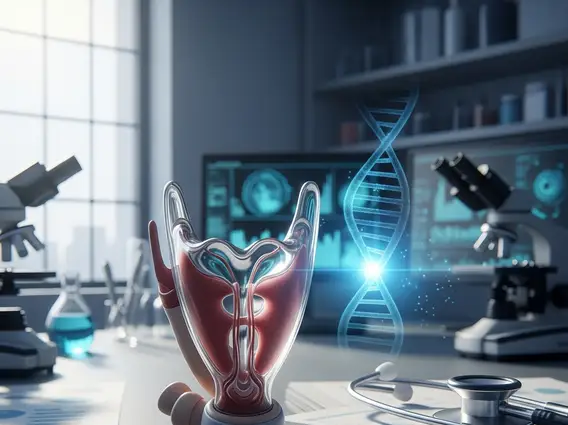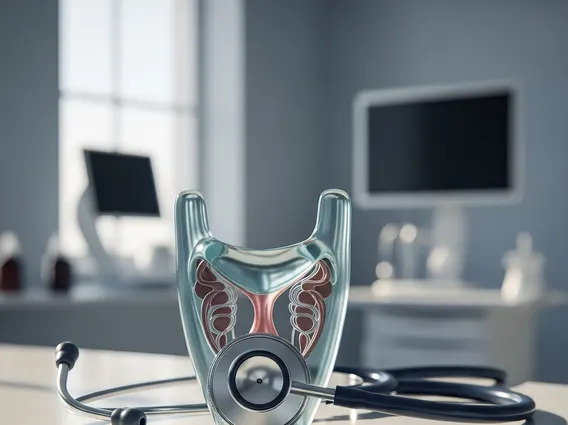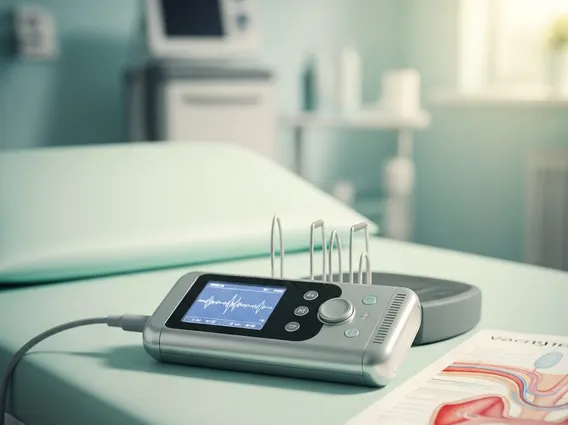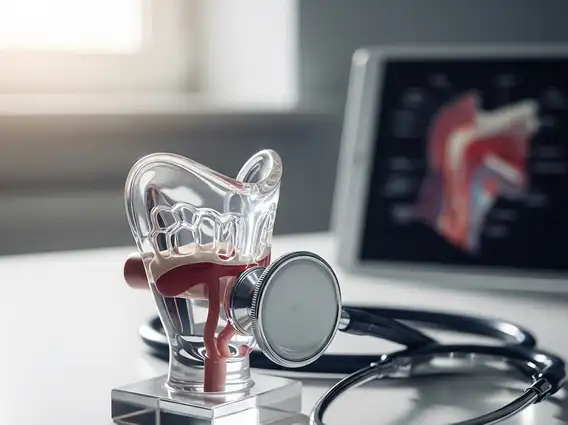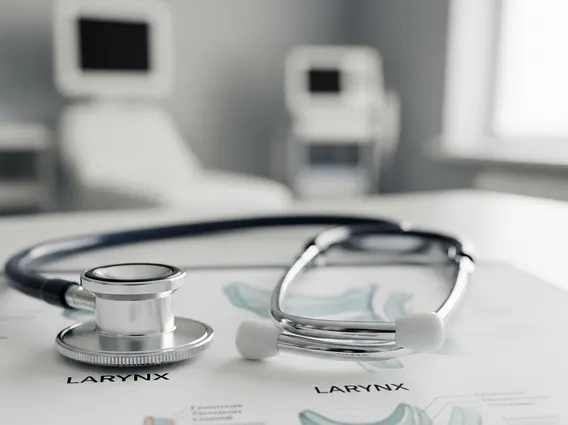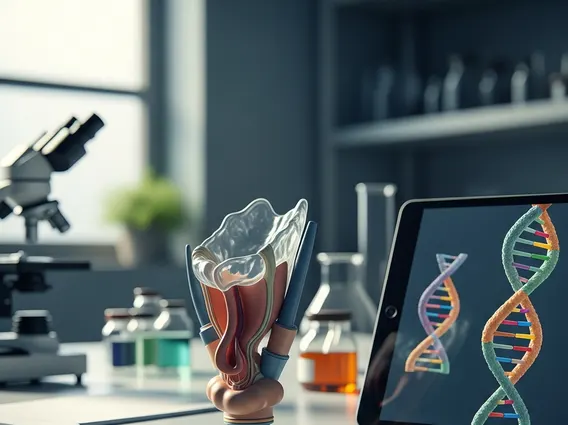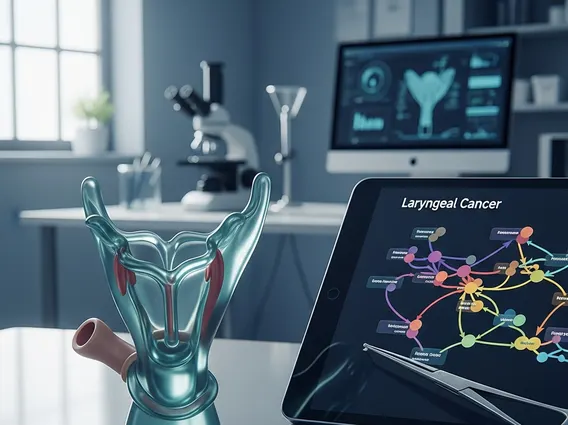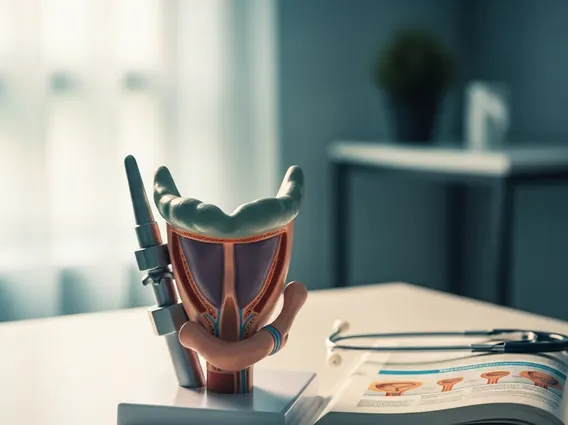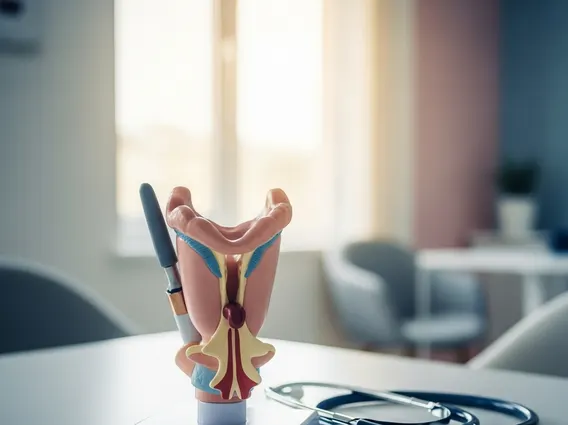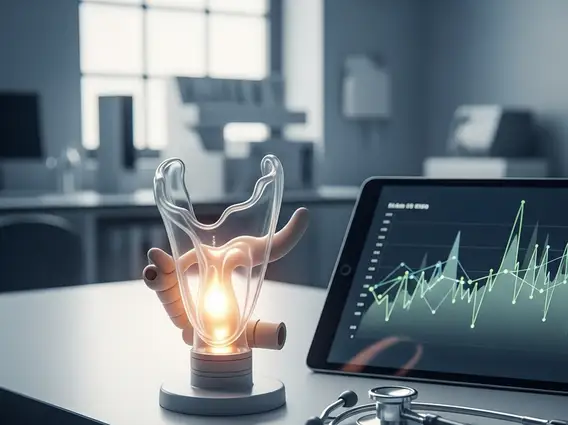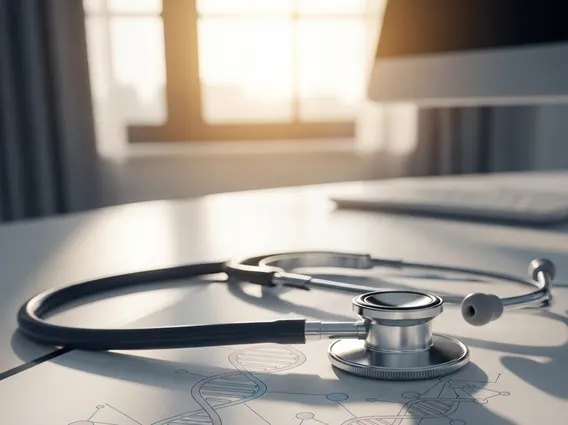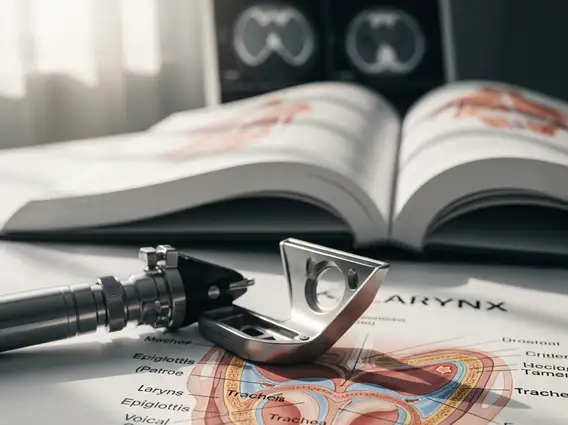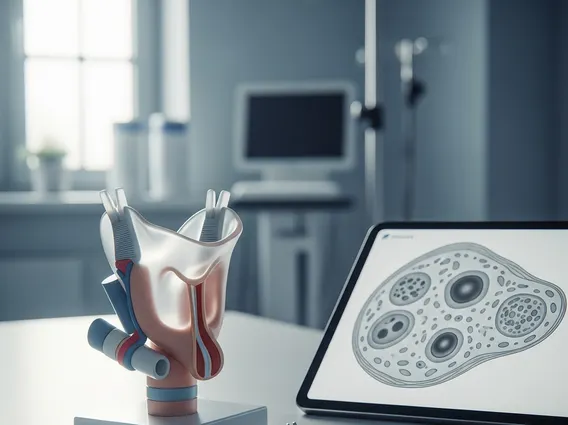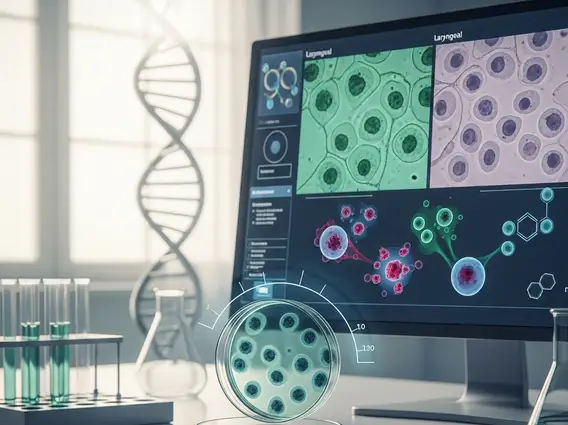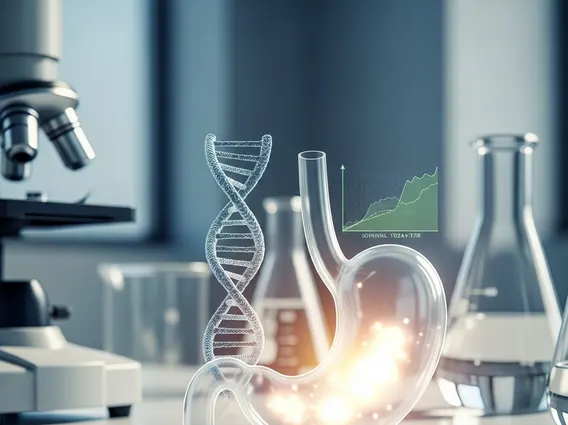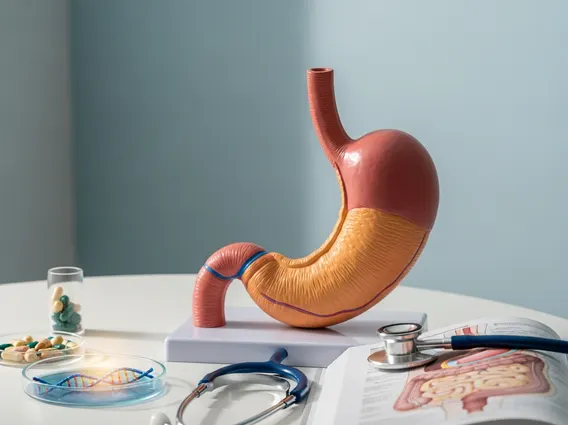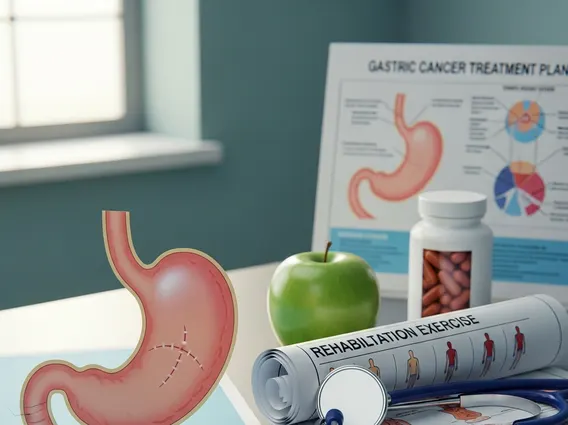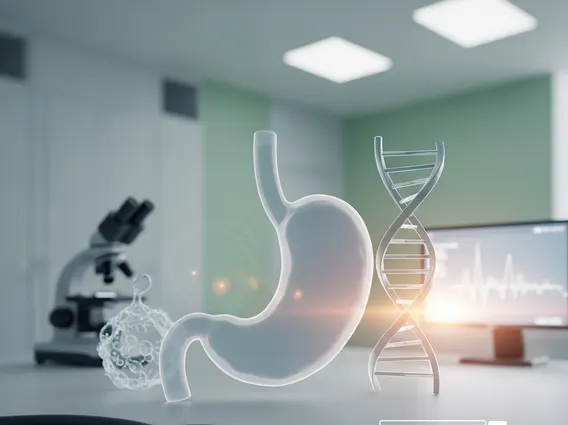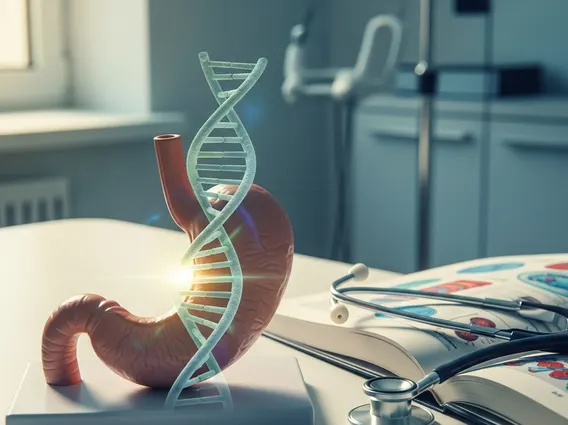How to Identify a Suspicious Lump
Being able to recognize the signs of a potentially cancerous lump is essential for early detection. Cancerous lumps are often hard, immobile, and irregular in shape. In contrast to benign masses, they may not move when touched and feel more like a rigid pebble. Understanding breast cancer where is the lump often begins with identifying common sites of occurrence. Studies show that where are breast cancer lumps usually located is most often the upper outer quadrant of the breast, near the armpit. However, they can appear in any part of the breast, and sometimes even under the nipple. If a lump feels unfamiliar, persists over time, or is accompanied by other symptoms, it should always be examined by a medical professional.
When Should You See a Doctor About a Lump?
Not all lumps require urgent care, but there are specific signs that warrant a medical evaluation. If the lump is hard, does not move, is growing, or causes skin changes like dimpling or redness, it’s time to see a doctor. Similarly, where are most breast cancer lumps found can also guide your concern—especially if the lump is in the upper outer quadrant or near the chest wall. Where are lumps usually found in the breast plays a key role in determining if the mass aligns with common cancer patterns. Additionally, any nipple discharge or pain associated with the lump should not be ignored. Early consultation leads to earlier diagnosis and better outcomes.
Breast Lumps That Are Not Cancer: What to Know
It’s important to remember that not all breast lumps are cancerous. In fact, most lumps are benign and caused by conditions like cysts, fibroadenomas, or fibrocystic breast changes. These types of lumps may feel soft or rubbery and move slightly under the skin. Understanding where are most cancerous breast lumps located can also help differentiate. Benign lumps may appear more centrally, while where are cancerous lumps usually found in the breast is often in the outer quadrant. Awareness of lump texture, mobility, and the time of the menstrual cycle can assist in determining if further evaluation is needed.
What Imaging Can Reveal About Breast Lumps
When a lump is found, imaging tests help identify whether it is benign or malignant. Mammograms can detect early signs of breast cancer even before a lump is felt. Ultrasound is commonly used to determine if a lump is solid or fluid-filled, while MRI offers a more detailed look—especially useful for high-risk patients. Imaging can help doctors evaluate where are breast cancer lumps most commonly found and how the characteristics of the mass compare with known cancer profiles. Diagnostic imaging is a critical part of the process when patients ask, “Where are breast lumps usually found?” or “Is this something serious?”
FAQ
What does a cancerous breast lump feel like?
A cancerous lump often feels hard, fixed in place, and irregular in shape—similar to a small, firm rock.
Are all breast lumps cancer?
No, most breast lumps are benign. Common non-cancerous causes include cysts, fibroadenomas, and infections.
Can breast cancer occur without a lump?
Yes, breast cancer can present without a lump. Skin changes, nipple discharge, or inversion may also indicate cancer.
How are breast lumps evaluated by doctors?
Doctors use physical exams, mammograms, ultrasounds, and sometimes biopsies to determine the nature of a lump.
Should I worry about a painless lump?
Yes, even painless lumps should be evaluated, as many cancerous lumps do not cause discomfort initially.
What tests confirm if a lump is cancer?
Imaging tests like mammograms and ultrasounds are followed by a biopsy, which provides a definitive cancer diagnosis.

